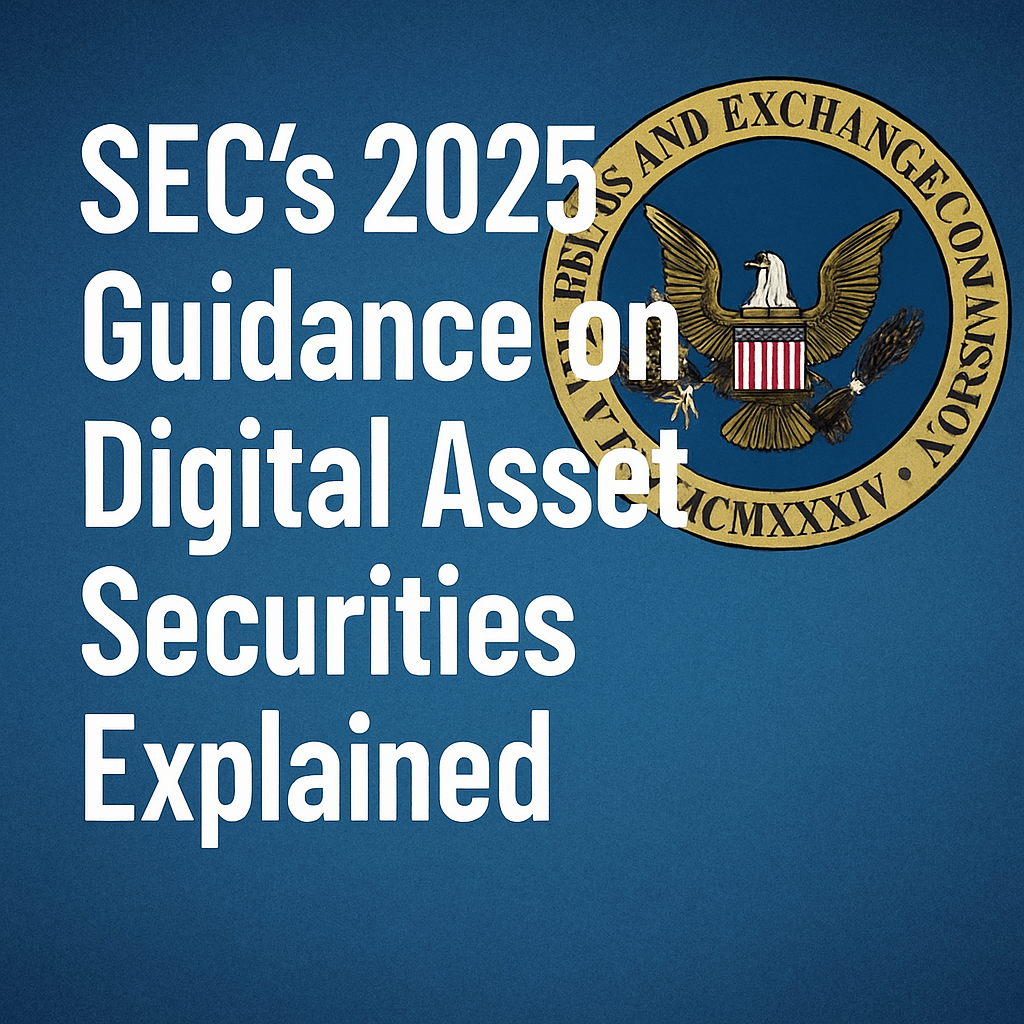SEC’s 2025 Guidance on Digital Asset Securities Explained


The U.S. Securities and Exchange Commission (SEC) is set to issue comprehensive guidance in 2025, which aims to clarify and provide a structured regulatory framework for the burgeoning digital asset landscape. This move is particularly significant as the cryptocurrency market continues to evolve rapidly, prompting a need for effective oversight.
What Defines a Security in the Context of Digital Assets?
At its core, a security is generally defined as a financial instrument that holds some monetary value and can be traded. Under the Securities Act of 1933, determining whether tokens qualify as securities hinges on the Howey Test, a legal principle derived from a Supreme Court ruling in 1946. The test considers whether there is an investment of money in a common enterprise with an expectation of profits predominantly from the efforts of others.
- Investment of Money: The purchase of the token must involve an investment of cash or some form of value.
- Common Enterprise: The fortunes of the investor are linked to the performance of the enterprise.
- Expectation of Profits: Investors anticipate a profit return based on the efforts of a promoter or a third party.
SEC’s Criteria for Classifying Tokens
The impending guidelines suggest specific criteria that the SEC will assess to evaluate whether tokens are classified as securities. These include:
- Utility Token Functionality: The token’s primary utility will be scrutinized to determine if it is fundamentally a medium of exchange, or primarily speculative in nature.
- Decentralization Level: Tokens that operate on decentralized networks might not fall under the securities umbrella if they can substantiate their status as wholly independent from any central authority.
- Investor Responsibility: The SEC is likely to evaluate the extent to which token holders have control over their investment. Greater control may lead to a determination that the token is not a security.
Implications of SEC’s Guidance for the Cryptocurrency Market
The SEC’s guidance could significantly impact existing and upcoming projects in the crypto space. Projects may need to reevaluate their structures and operations to ensure compliance. Notably, a distinction between securities and utility tokens may cultivate a clearer investment landscape. However, the framework may inadvertently stifle innovation if overly restrictive.
Expert Opinions
Industry experts have mixed feelings about this impending guidance. For instance, John Doe, a securities law expert at XYZ Law Firm, has stated, “While this guidance has the potential to add much-needed clarity, it risks creating an environment where many startups may decide against launching due to the fear of regulatory compliance issues.” Conversely, Jane Smith, a cryptocurrency analyst, argues that this regulatory framework could enhance institutional trust in the market, thereby attracting more substantial investments.
Current Developments and Future Outlook
As we approach 2025, it will be critical to observe how the SEC interacts with the cryptocurrency market. Regulatory bodies across the globe are already under pressure to address the rapid growth of digital assets and the associated risks. The overall sentiment suggests that while compliance may present challenges, a well-defined legal framework could lay the groundwork for future growth and stability in the digital asset space.
Conclusion
The SEC’s 2025 guidance on what constitutes a security in the realm of digital assets marks a significant step towards establishing a more robust regulatory framework. As the lines between traditional finance and digital assets continue to blur, stakeholders—from project developers to investors—must prepare for a period of transformation in how these assets are classified and regulated.